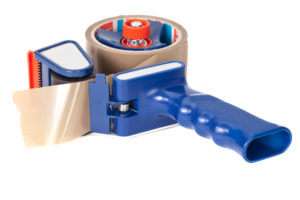Business Blog Title Tongue-Twisting on Purpose

Remember the two old tongue-twisters “Peter Piper picked a peck of pickled peppers” and “She sells seashells by the seashore”? Those two sentences are actually extreme examples of a creative writing technique called alliteration, in which you repeat the same letter or sound at the start of nearby words.
A couple of years ago at Say It For You, I began calling attention to the idea of using alliteration in business blog titles with an eye to making them more “catchy”. You see, it’s one thing to write great content, and quite another to get it read and ranked, as Corey Wainright of Hubspot reminds us.
Apparently, alliteration is a good idea not only for blog posts, but for magazine content as well. The other day, reading through this month’s issue of Fortune, I noticed many examples of alliteration in article titles:
Turning Travel Time into Quality Time is about private aviation company Wheels Up.
Critical Condition is a piece about a “botched acquisition by Pfizer”.
How to Connect with Tomorrow’s Customer is a piece about a “botched acquisition by Pfizer”.
Facebook’s Fix-It Team is about the company’s efforts to purge hate speech and criminal activity from its site.
Make Your Business “Sense” Smarter and More Self-Aware is about microelectronic sensors.
An article about Mattel is titled Barbie’s Diversity Dance.
A congressman from California is pushing an Internet Bill of Rights; the write-up is titled Man in the Middle.
An ad for Botox® is headed The Details Make the Difference.
The toy company Bird is featured in a piece called America’s Scooter Showdown.
“It is important to note that alliteration is about the sounds of words, not the letters; therefore, the letters “k” and “c” can be used alliteratively (as in kitchen and cookie), as well as the letters “s” and “c” (as in sparkle and cycle),” ereadingworksheets.com explains. The words don’t need to be directly next to each other in the sentence or stanza to be considered alliterative, the website explains, but a good guideline to follow is whether you can detect the repetition of sound when you read the line aloud.
“Have some fun with alliteration,” Hubspot advises in “Foolproof Formula.” Why? “It’s a device that makes something a little lovelier to read, and that can have a subtle but strong impact on your reader.” Making a subtle but strong impact on readers? That’s precisely what our work at Say It For You is all about!



 Should fliers be forced to watch the safety video? Most definitely, writes
Should fliers be forced to watch the safety video? Most definitely, writes  “Although many
“Although many
Follow us online!